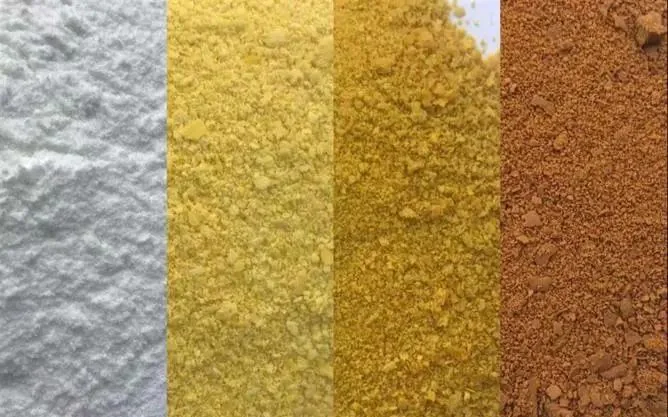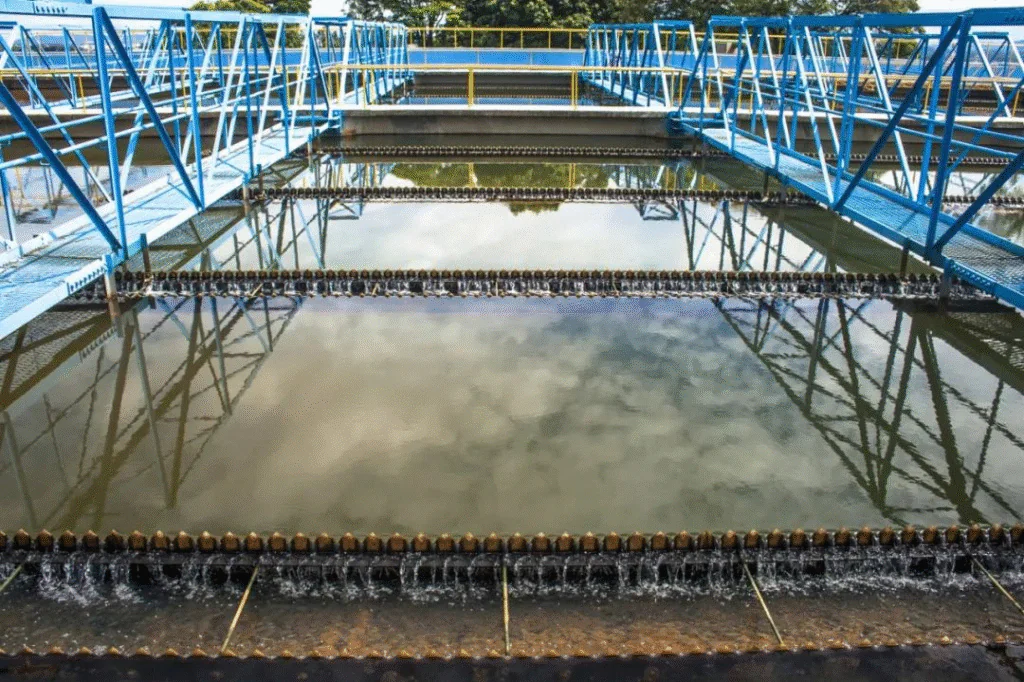1. What is PAC and How It Works
PAC (Poly Aluminium Chloride) is a coagulant. It helps remove dirt and particles from water. It is used in many water treatment systems. When added to water, PAC does three things:
- It breaks the balance of small particles (called destabilization).
- It grabs and holds the dirt (called adsorption).
- It forms flocs, or clumps, that sink to the bottom (called sedimentation).
PAC works best when the pH of water is between 6 and 8. If the pH is too low or too high, PAC doesn’t work well.

2. What Happens If You Add Too Much PAC?
🔴 ) Water Becomes Cloudy Again If you use too much PAC, particles in the water may get “re-stabilized.” This means they stop forming flocs and float again. Water becomes cloudy or dirty.
🔴 ) Water Quality Gets Worse PAC is acidic. Too much PAC can lower the water’s pH. This makes water more acidic. It may also increase the salt level. This causes problems with floc settling and may lead to floating sludge.
🔴 ) Yellow Color and High SS Some PAC contains iron or undissolved materials. When overdosed, the treated water may turn yellow. Also, more solids may stay in the water (SS goes up).
🔴 ) Microbes in Bioreactor Get Hurt PAC is often used before the biological tank. If overdosed, extra PAC and flocs may enter the biological tank. This may hurt bacteria and reduce treatment efficiency.

3. How to Avoid Problems
Use PAC only after testing. Do a small test (jar test) to find the best amount. Check water pH, temperature, and other factors. Don’t add more than needed.
